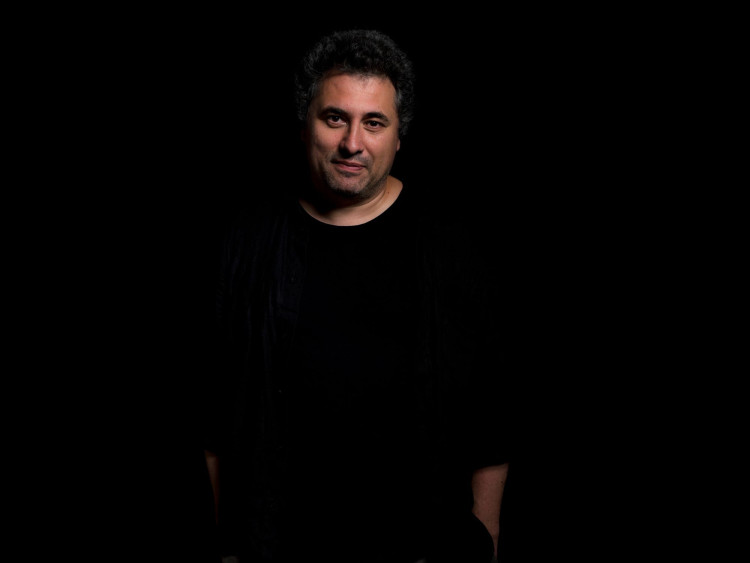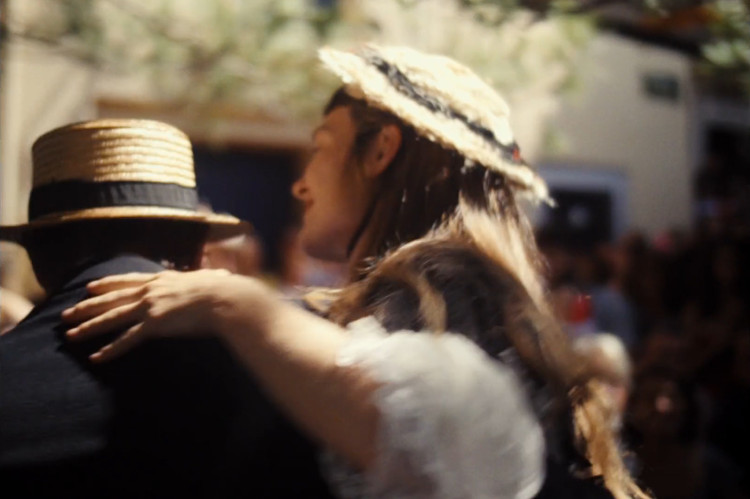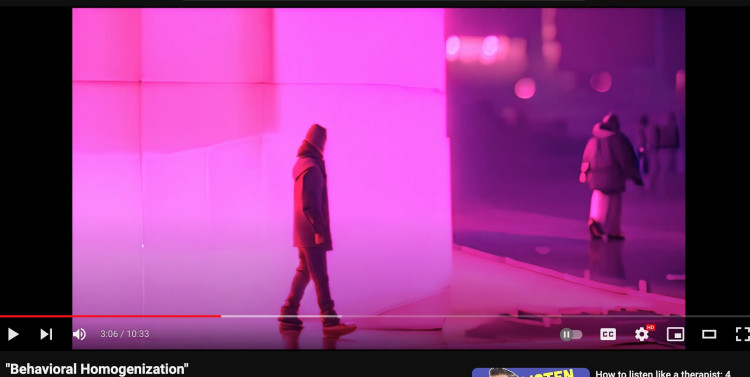Festival 2025: Retrospectives

Radu Jude : the end of cinema can wait
The author of Aferim! and Bad Luck Banging or Loony Porn is a great comic and political filmmaker, driven by an unbridled critical curiosity about the future of his country and the world. Radu Jude works on a wide range of subjects, including a scathing exposure of spectacular capitalism at its most advanced, a frontal examination of past fascism and racism and their contemporary persistence, and a gritty analysis of the family environment and its violence, all of which he explores with uncommon freedom of experimentation, driven by a communicative energy and joy, and a rare appetite for the as yet unexplored possibilities of cinema.
More infos
“Imprecise, vague, barbaric, irrational”: the cinema of Carolina Adriazola and José Luis Sepúlveda.
Rarely shown outside of Latin America, the films of Chileans Carolina Adriazola and José Luis Sepúlveda make up one of the most unclassifiable and stimulating bodies of work in contemporary cinema. From the visceral El pejesapo (2007) to the savagely virtuosic Cuadro negro (Grand Prix at the Punto de Vista Festival 2025), FIDMarseille is pleased to present the first-ever retrospective of their work in Europe.
Discover upcoming events

Les Musées de Marseille invites FID
COMME UNITY films program by Laure Prouvost

